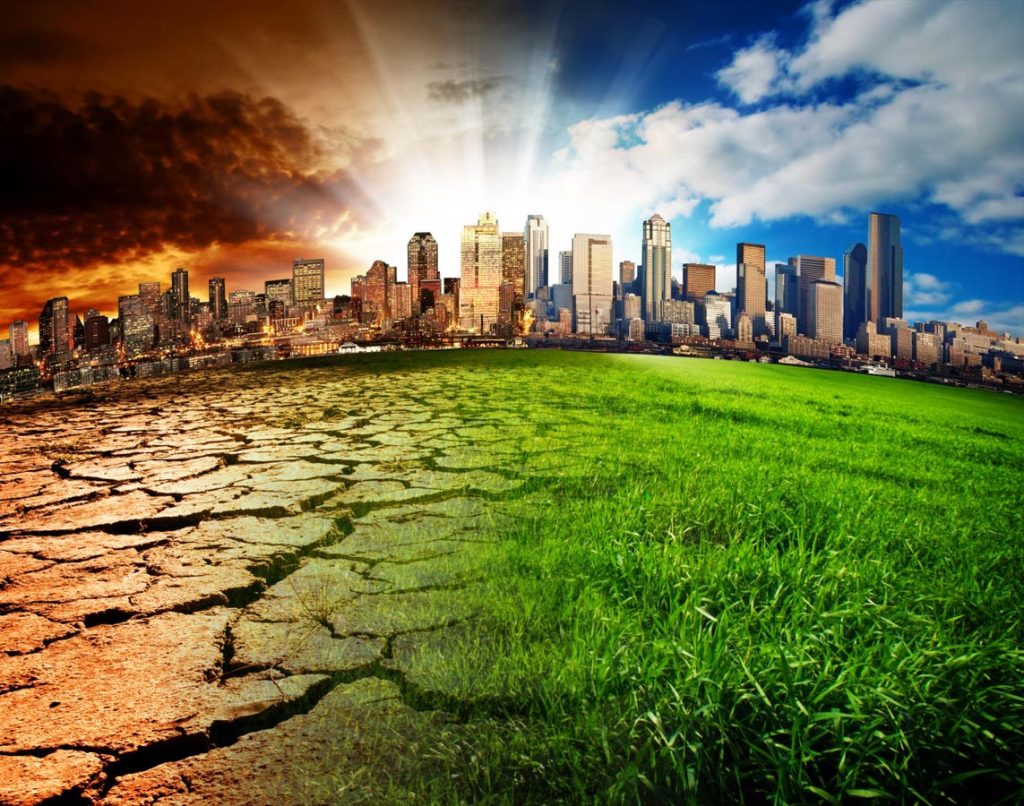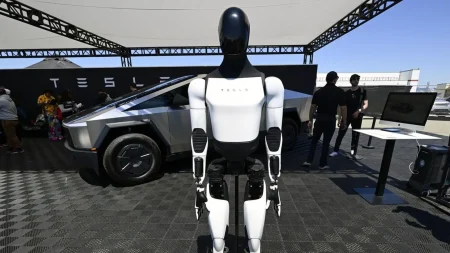The Unfolding Climate Crisis: A Deep Dive into the Science and the Debate
Climate change, characterized by long-term shifts in global temperatures and weather patterns, has emerged as a defining challenge of our time. While an overwhelming majority of scientists attribute these changes to human activities, a minority maintain that natural variability is the primary driver. This article delves into both perspectives, examining the scientific evidence to provide a comprehensive understanding of this complex issue.
The Overwhelming Scientific Consensus: Human Activities as the Primary Driver
A comprehensive 2021 Cornell University survey of over 88,000 climate-related studies published between 2012 and 2020 revealed a striking 99.9% consensus among peer-reviewed papers: human activities are the primary cause of recent climate change. This near-unanimous agreement significantly strengthens the 2013 survey’s 97% consensus, indicating a near-total disappearance of scientific skepticism. The few remaining skeptical papers, a mere 28, appeared in less reputable journals, further isolating them from mainstream scientific discourse. This overwhelming scientific consensus contrasts sharply with the persistent public and political divide, where doubts about human influence remain prevalent. The urgency to acknowledge the role of greenhouse gas emissions in driving climate change cannot be overstated, as the world faces escalating climate-related disasters with severe economic, social, and environmental consequences.
The Mounting Evidence: A Planet in Peril
The Earth’s temperature has risen by approximately 1.2°C above pre-industrial levels, a warming trend overwhelmingly attributed to human activities, particularly the burning of fossil fuels, according to NASA and the Intergovernmental Panel on Climate Change (IPCC). The US Environmental Protection Agency confirms this alarming trend, reporting atmospheric carbon dioxide concentrations at their highest in 2 million years, with methane and nitrous oxide levels also reaching unprecedented heights. The consequences of a 2°C temperature rise are dire, potentially exposing over 2 billion people to extreme heat, doubling biodiversity loss compared to a 1.5°C increase, severely impacting crop yields, and leading to the near-complete destruction of vital coral reefs, which support marine ecosystems and coastal economies, in addition to the potential loss of islands due to rising sea levels.
The Path Forward: Mitigation and Adaptation in a Changing World
The UNEP’s Emissions Gap Report highlights the critical need for a 42% reduction in global emissions by 2030 to limit warming to 1.5°C. Achieving this ambitious target requires significant annual emissions reductions through investments in renewable energy, sustainable transportation, and low-carbon agriculture. Despite criticisms of their reliability, climate models have demonstrated remarkable accuracy in predicting temperature increases. A 2020 study confirmed that a majority of climate models developed between 1970 and 2007 accurately projected real-world temperature changes, further validating their use in informing climate policy.
The Accelerating Climate Crisis: 2024 and Beyond
The World Meteorological Organization’s (WMO) State of the Climate Update 2024 paints a stark picture of a rapidly accelerating climate crisis. With 2024 on track to be the hottest year on record, surpassing even the record-breaking heat of 2023, the report provides irrefutable evidence of the escalating climate emergency. Greenhouse gas concentrations continued their upward trend in 2024, exacerbating long-term warming, while ocean heat content reached unprecedented levels, absorbing vast amounts of heat and fueling more frequent and intense extreme weather events. The alarming rate of glacier ice loss and the persistent decline in Arctic and Antarctic sea ice extent further underscore the severity of the situation.
The Impacts: A New Normal of Extreme Weather
The WMO report details the devastating consequences of climate change, manifested in a surge of extreme weather events globally. Record-breaking rainfall and floods, intensifying tropical cyclones, deadly heatwaves, prolonged droughts, and raging wildfires are no longer isolated anomalies but are becoming the new normal. The scientific consensus is clear: climate change is not a future threat but a present reality with increasingly severe impacts. The report emphasizes the urgent need for accelerated mitigation and adaptation efforts, stressing that while limiting warming to well below 2°C is crucial, every fraction of a degree matters in reducing future risks. While progress in adaptation strategies is evident through the growth of multi-hazard early warning systems, without immediate and substantial emissions reductions and a global commitment to renewable energy, the world risks an irreversible climate catastrophe.
The Argument for Natural Climate Variability: A Counterpoint to the Consensus
Despite the overwhelming scientific consensus, some argue that current climate change falls within the bounds of natural climate variability, citing factors like solar activity, oceanic cycles, and geological events as significant influences. They point to historical periods like the Maunder Minimum and the Medieval Warm Period as evidence of natural temperature fluctuations. However, scientific research has largely debunked these claims, demonstrating that the rate and magnitude of current warming far exceed natural variations observed in the past. While natural factors play a role, the overwhelming evidence points to human activities as the dominant driver of the current climate crisis. The challenges in precisely predicting long-term temperature changes with climate models are also sometimes cited as evidence against human-induced climate change. However, studies have shown that many climate models have accurately predicted observed temperature increases, further strengthening the scientific consensus.
Evaluating the Evidence: Human Influence vs. Natural Variability
While natural climate variability undeniably contributes to Earth’s climate dynamics, the unprecedented rate of current warming, strongly correlated with increased greenhouse gas emissions from human activities, demands urgent attention. The extraordinary rise in global temperatures and atmospheric greenhouse gas concentrations signifies a profound departure from natural climate cycles, highlighting the dominant role of human influence. The evidence clearly underscores the imperative for implementing effective mitigation and adaptation strategies to address the climate crisis and safeguard the planet’s future.














